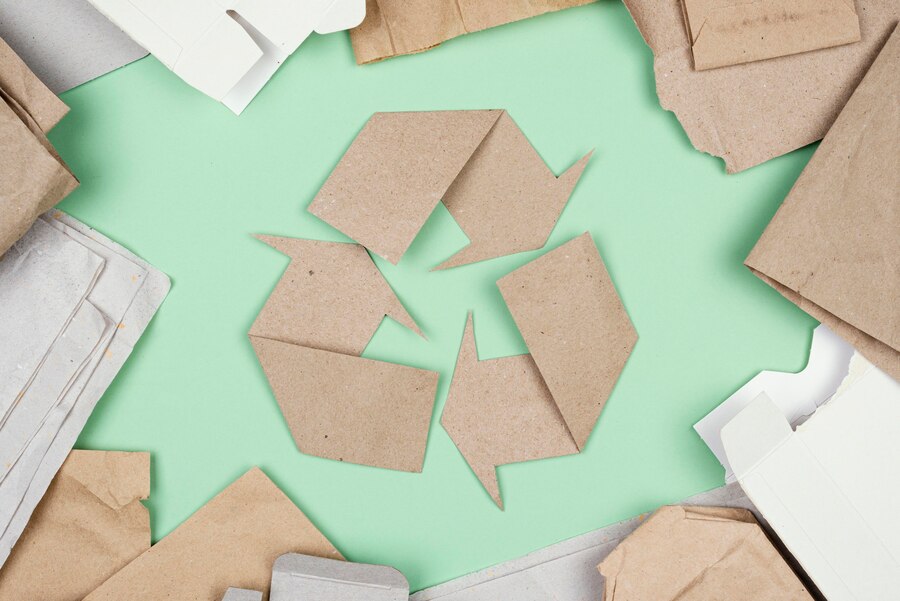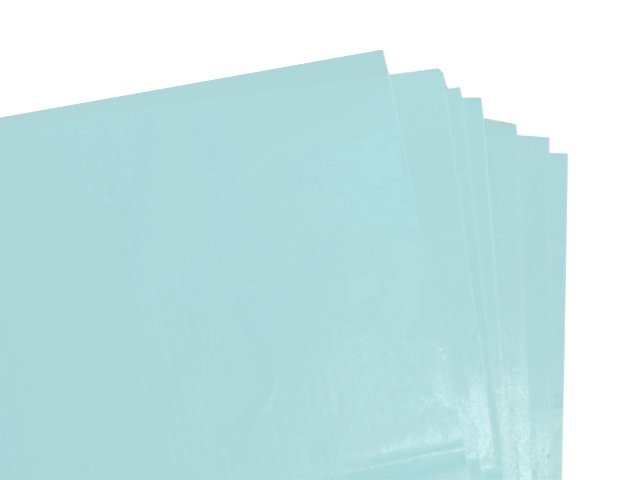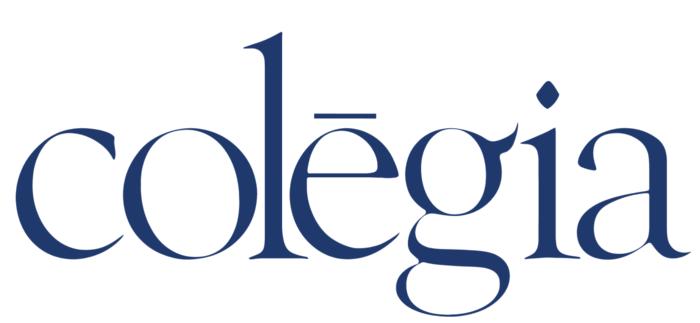In the modern era, sustainability is more than a trend—it’s a necessity. As consumers become increasingly environmentally conscious, businesses are pivoting towards eco-friendly packaging solutions. Traditional packaging materials are often harmful to the environment, but there are numerous lesser-known alternatives that are both effective and recyclable. In this blog, we’ll explore five awesome, recyclable packaging materials that you may not be familiar with but will wish you had known about sooner.
1. Acid-Free Tissue Paper (Coloured and White)
Why They Are Needed: Acid-free tissue paper is crucial for packaging because it protects delicate items from damage during transit and storage. The acid-free property ensures that the paper does not degrade or cause discoloration, making it ideal for items like clothing, artwork, and collectibles.
Why They Are a Good Option: Coloured or white acid free tissue paper is not only gentle on the items it wraps but also environmentally friendly. It is available in both coloured and white varieties, allowing businesses to maintain their brand aesthetic while being eco-conscious. This paper is recyclable and often made from recycled materials, reducing the carbon footprint.
How to Use Them:
- Wrapping: Use it to wrap delicate items to prevent scratches and damage.
- Filling: It can be crumpled to fill empty spaces in boxes, providing cushioning.
- Presentation: Enhance the unboxing experience by layering tissue paper inside the packaging.
Where to Use Them:
- Clothing stores for wrapping garments.
- Art galleries for protecting artworks.
- E-commerce businesses for improving presentation and protection.

2. Coloured Mailing Bags
Why They Are Needed: Mailing bags are essential for shipping products securely. Coloured mailing bags offer an additional layer of appeal, making them perfect for businesses looking to make a lasting impression on customers.
Why They Are a Good Option: These bags are fully opaque, ensuring that the contents remain confidential during transit. Made from a special blend of recycled film, they are 100% recyclable. Their durability protects items from moisture, dust, and rough handling, making them a reliable option for shipping.
How to Use Them:
- Shipping: Ideal for sending clothing, books, and other non-fragile items.
- Branding: Use coloured mailing bags to reinforce brand identity and make packages stand out.
- Storage: Useful for storing items in a moisture-free environment.
Where to Use Them:
- E-commerce businesses for shipping products.
- Retail stores accept online orders.
- Offices for mailing documents and lightweight items.
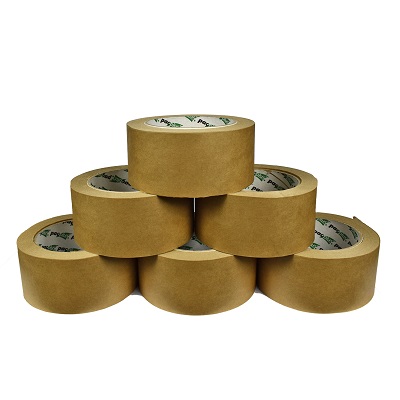
3. Kraft Paper Tape
Why They Are Needed: Kraft paper tape is a sustainable alternative to traditional plastic packing tape. It’s used for sealing boxes and parcels, providing a secure and eco-friendly packaging solution.
Why They Are a Good Option: Kraft paper tape is biodegradable and recyclable. It often features a strong adhesive that bonds well to cardboard, ensuring that packages remain securely sealed during transit. Additionally, it can be reinforced with fibreglass for extra strength.
How to Use Them:
- Sealing Boxes: Use it to seal shipping boxes securely.
- Labelling: Write on the tape for easy identification of contents.
- Reinforcing: Use multiple layers for extra security on heavy packages.
Where to Use Them:
- Warehouses for packing and shipping goods.
- Retail stores for shipping orders.
- Offices for packaging documents and supplies.
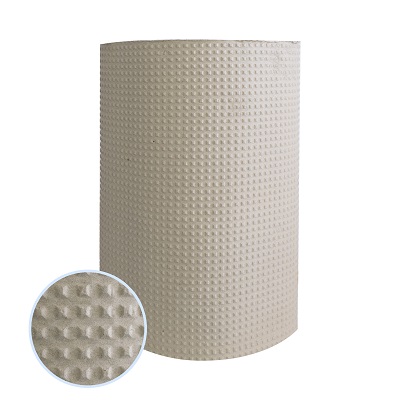
4. Paper Bubble Wrap
Why They Are Needed: Bubble wrap is a staple in packaging for its cushioning properties. However, traditional plastic bubble wrap is not eco-friendly. Paper bubble wrap offers a sustainable alternative.
Why They Are a Good Option: Paper bubble wrap is made from recycled paper and is fully recyclable. It provides the same cushioning effect as traditional bubble wrap, protecting fragile items during shipping. Its biodegradable nature ensures that it does not contribute to plastic waste.
How to Use Them:
- Wrapping: Wrap fragile items such as glassware, electronics, and ceramics.
- Filling: Use it to fill voids in packaging boxes to prevent movement.
- Layering: Layer it between items for added protection.
Where to Use Them:
- E-commerce businesses for shipping fragile items.
- Moving companies for packing and protecting goods.
- Retail stores for packaging delicate products.
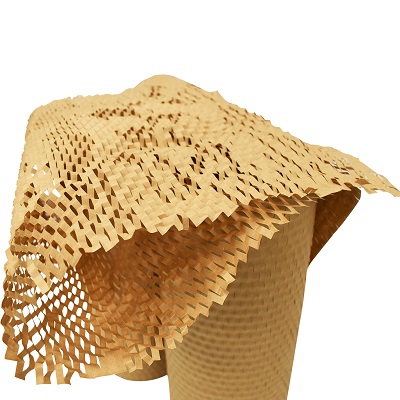
5. Honeycomb Paper
Why They Are Needed: Honeycomb paper is an innovative packaging material that offers exceptional strength and protection. It is used for wrapping and cushioning items, providing an eco-friendly alternative to foam and plastic packaging.
Why They Are a Good Option: Honeycomb paper is made from kraft paper and is fully recyclable. Its unique structure provides excellent shock absorption and can be easily cut to size, making it versatile for various packaging needs. It’s lightweight yet strong, reducing shipping costs and environmental impact.
How to Use Them:
- Wrapping: Wrap around items for a snug, protective fit.
- Padding: Use it as padding inside boxes to prevent damage.
- Separating: Place between layers of products to avoid scratching and breaking.
Where to Use Them:
- Stores for packing and shipping items.
- E-commerce businesses for shipping fragile products.
- Manufacturing plants for packaging and transporting goods.
As we continue to prioritise sustainability, switching to eco-friendly packaging materials is a step in the right direction. These five recyclable packaging materials—acid-free tissue paper, coloured mailing bags, kraft paper tape, paper bubble wrap, and honeycomb paper—offer excellent protection for products while being kind to the environment.
By incorporating these materials into your packaging strategy, you not only contribute to reducing environmental impact but also enhance your brand’s commitment to sustainability.
